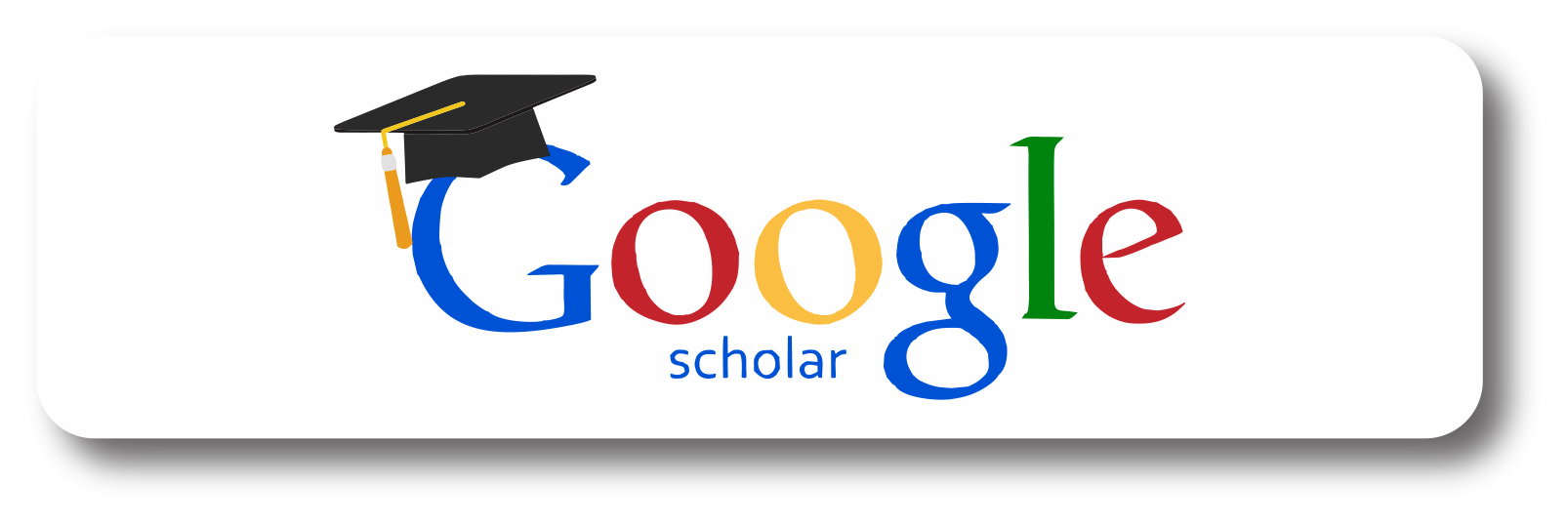THE REPRESENTATION OF GENDER STEREOTYPES IN PHRASEOLOGICAL UNITS IN UZBEK AND ENGLISH LANGUAGES
Keywords:
Phraseologism, gender stereotype, language and culture, female images, English language, Uzbek language, linguistic-cultural approach, patriarchal views, social consciousness.Abstract
This thesis analyzes how gender stereotypes are expressed through phraseological units in Uzbek and English languages. It is demonstrated that phraseological expressions reflect historically developed gender roles in language and culture. The study examines social and cultural interpretations of male and female images, analyzing both positive and negative stereotypes with examples. Based on materials from both languages, the research reveals the extent to which these phraseological units align with or contradict modern views on gender equality. The findings have practical significance, especially in the field of linguistics and gender linguistics.
References
Akhmedova, N. Uzbek Phraseology. – Tashkent: Fan, 1993. – 132 p.
2. Nazarova, D. Gender Linguistics. – Tashkent: Fan, 2020. – 186 p.
3. Qodirova, G. Uzbek Folk Proverbs and Gender Issues. Tashkent: Turon, 2009. 95 p.
4. Saifullaeva, N. Language and Gender: Gender Stereotypes in Uzbek. – Tashkent: Mumtoz So‘z, 2021. – 104 p.
5. Mills, Sara. Language and Sexism. – Cambridge: Cambridge University Press, 2008. – 240 p.
6. Lakoff, Robin. Language and Woman’s Place. New York: Harper & Row, 1975. 213 p.
7. Baron, Dennis. Grammar and Gender. – New Haven: Yale University Press, 1986. – 176 p.
8. Oxford Dictionary of English Idioms. – Oxford: Oxford University Press, 2003. – 345 p.
9. Baker, Paul. Sexed Texts: Language, Gender and Sexuality. – London: Equinox Publishing, 2008. – 198 p.
10. Talib, Shirin. Gender and Language in the Contemporary World. – Routledge, 2019. – 221 p


